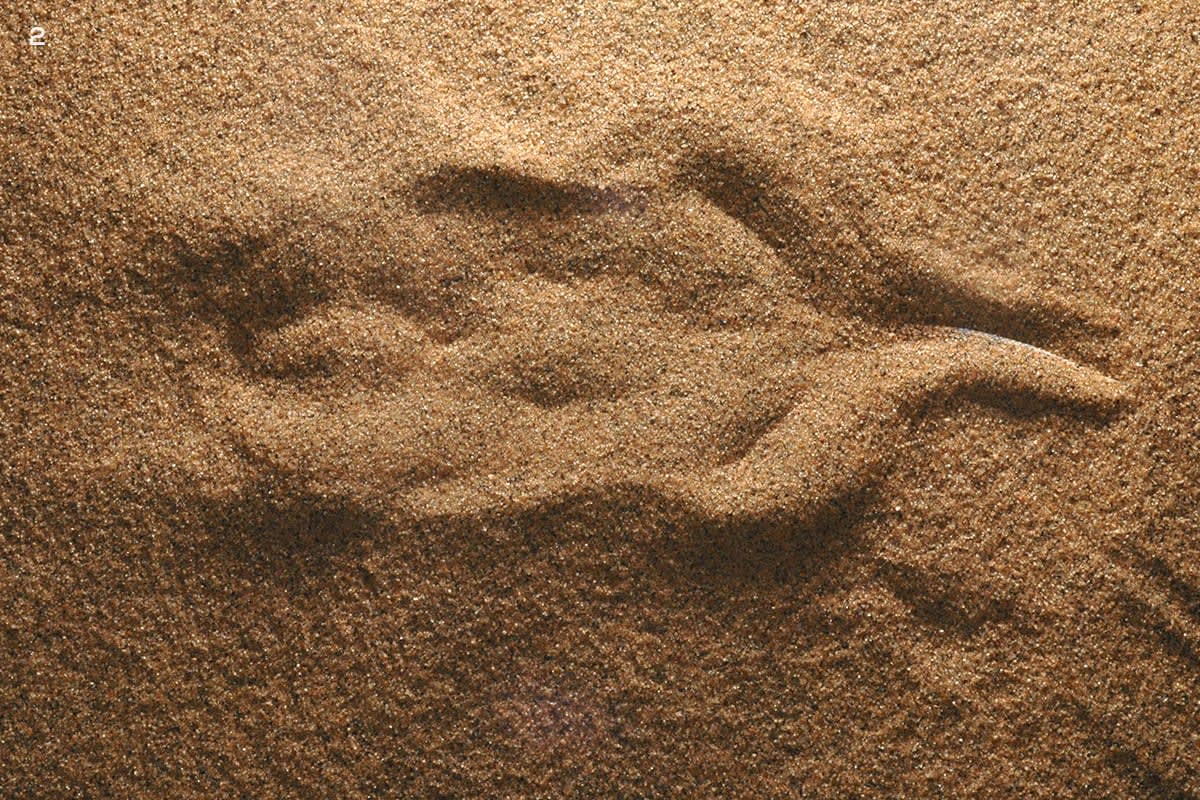 Listen to this article
•
15:34 min
Listen to this article
•
15:34 min
The Thar Desert in western Rajasthan is one of the warmest places on Earth, with maximum summer temperatures hovering around 50 degrees C. Astonishingly, the Thar is also one of the most populated deserts in the world. This predominantly sandy desert is a mix of vegetated and barren dunes dotted by occasional gravelly or rocky habitats, with extensive agricultural landscapes, and of course, the ever-present plantations of exotic species. The Thar has a unique assemblage of desert adapted fauna and flora, most of which are not found anywhere else in India, and some nowhere else in the world.
In the winter of 2006, I arrived in Jaisalmer to spend the next six months in the Thar Desert studying lizards for my MSc dissertation at the Wildlife Institute of India, Dehradun. This was my first time in the desert, and besides collecting enough data to finish my thesis, I was keen to document the reptiles of the Thar. I had arrived in November, and in winter (December-January) temperatures dipped as low as 5 degrees C and daytime highs were often below 20 degrees C. This was too cool for most lizards, and only juvenile fringe-toed lizards (Acanthodactylus cantoris) in sandy habitats and the occasional brilliant agama (Trapelus agilis) in a Capparis bush were out on sunny days with low wind speeds.

Cover Photo: The Rajasthan toad-headed agama has adapted to the harsh environment of the Thar and thrives among the dunes. Photo: Vipul Ramanuj
In search of the Rajasthan toad-headed agama
One of the most unusual lizards of the Thar, and one that I was particularly keen to see, was the Rajasthan toad-headed agama (Bufoniceps laungwalaensis). The genus is monotypic (i.e., it contains just one species) making it of evolutionary significance for conservation. A single published colour photograph existed when I was at Sam, in a field guide to Indian reptiles by Indraneil Das. Known from less than a dozen localities in Jaisalmer District, the species is endemic to the Thar and was first described only in 1978. This small species (less than 7 cm in length) lives on barren, shifting sand dunes that have almost no vegetation, which allows for its unique escape behaviour — rapidly burying itself in the sand with shivering movements of its body and limbs.
Patterns in the sand
My field assistant, Tarun Singh and I spent many winter days walking back and forth across the barren dunes hoping to spot one of these small agamids. The sand tells tales of desert travellers — the dunes are covered in tracks of tenebrionid beetles, caterpillars, and other insects, besides the ubiquitous sinusoidal (curving) tracks of the sand-swimmer (Ophiomorus raithmai), but there was no sign of Bufoniceps. Tarun, whose father was a forest guard in Sam, was much sharper than I was and finally spotted some tracks that he thought were different. Tiny alternating rounded depressions flanking a relatively symmetric sinusoidal tail mark. And then near the tracks, the first Bufoniceps, a perfectly camouflaged juvenile that disappeared into the sand on cue!

Habitat specialist
Bufoniceps is a habitat specialist, restricted to the barren dunes. The species is perfectly adapted to life in the shifting sands, speckled brown to perfectly match its habitat apart from occasional sky blue spots on the throat and orange markings on the flank. Like the Indian fringe-toed lizard and the Sindh sand gecko (Crossobamon orientalis), two other co-occurring psammophilous (sand-loving) species, Bufoniceps has fringes of flat, pointed scales on its digits to maximise surface area for optimal locomotion across the loose sand. Bufoniceps also has a tiny ear opening and closely set nostrils high up on the snout, and small eyes that are deeply set and well-protected by overhanging scaly eyelids.
Active in summer
As it passed into February, the desert started heating up, and we began to see many more of these lizards. We quickly learnt to recognise their tracks, as well as the distinct impressions they leave when buried in the sand. It was not uncommon to spot one with only its head buried under the sand and the rest of the body exposed, the proverbial ostrich with its head in the sand. The species can sprint rapidly across the dunes, and we followed tracks that ran over 100 m (no mean feat for a lizard that doesn’t grow beyond 7 cm). Bufoniceps activity peaks in summer when we observed a dozen adults in an hour of sampling a one-hectare grid. I recorded them moving unperturbed across burning hot sand that was over 60 °C! They use all parts of the barren dune habitat, including the crest, slopes, edges, and interdunal areas.
Threats to Bufoniceps
The Thar has the highest human and livestock densities of any desert landscape. The barren dunes habitat of Bufoniceps face specific threats from tourism and dune afforestation. Tourism is a major source of income in and around Sam and is centred on barren dune habitats. Increased human and camel traffic are likely to impact barren dune species through trampling, disturbance, altering the composition of and compacting sand. We saw few Bufoniceps laungwalaensis in the areas frequented by tourists, though they were abundant in adjacent undisturbed areas. Tourism is restricted to specific areas and remains a local threat until more barren dunes are opened for tourists. The more important concern is the “greening of the desert” and the attempted stabilisation of barren dunes through the large-scale planting of trees by the forest department, largely exotic species such as Acacia tortilis and Prosopis juliflora. This habitat alteration is known to affect specialist desert lizards and we have never seen Bufoniceps laungwalaensis in plantation areas though they often occur in the adjacent, unmodified barren dunes.










